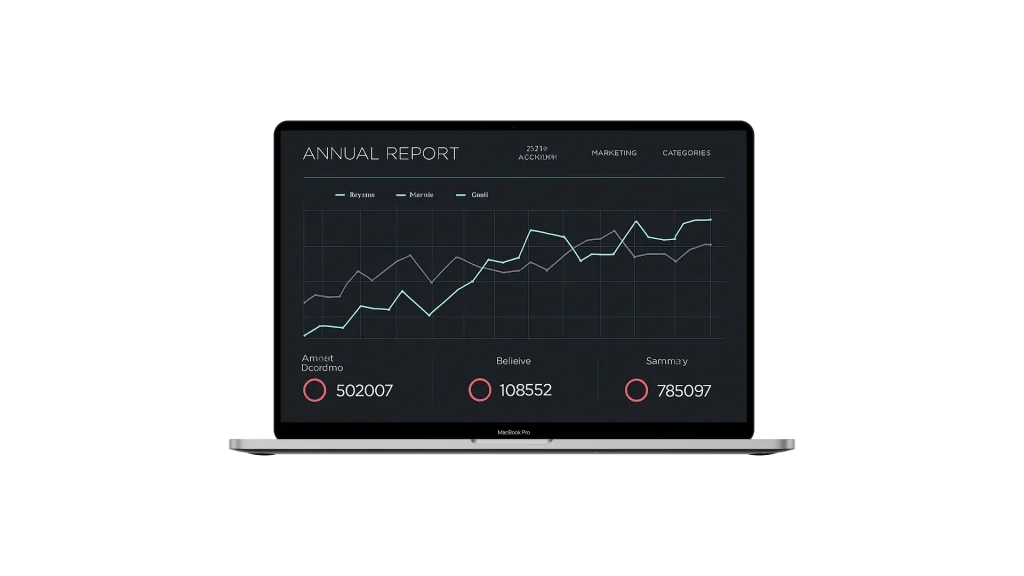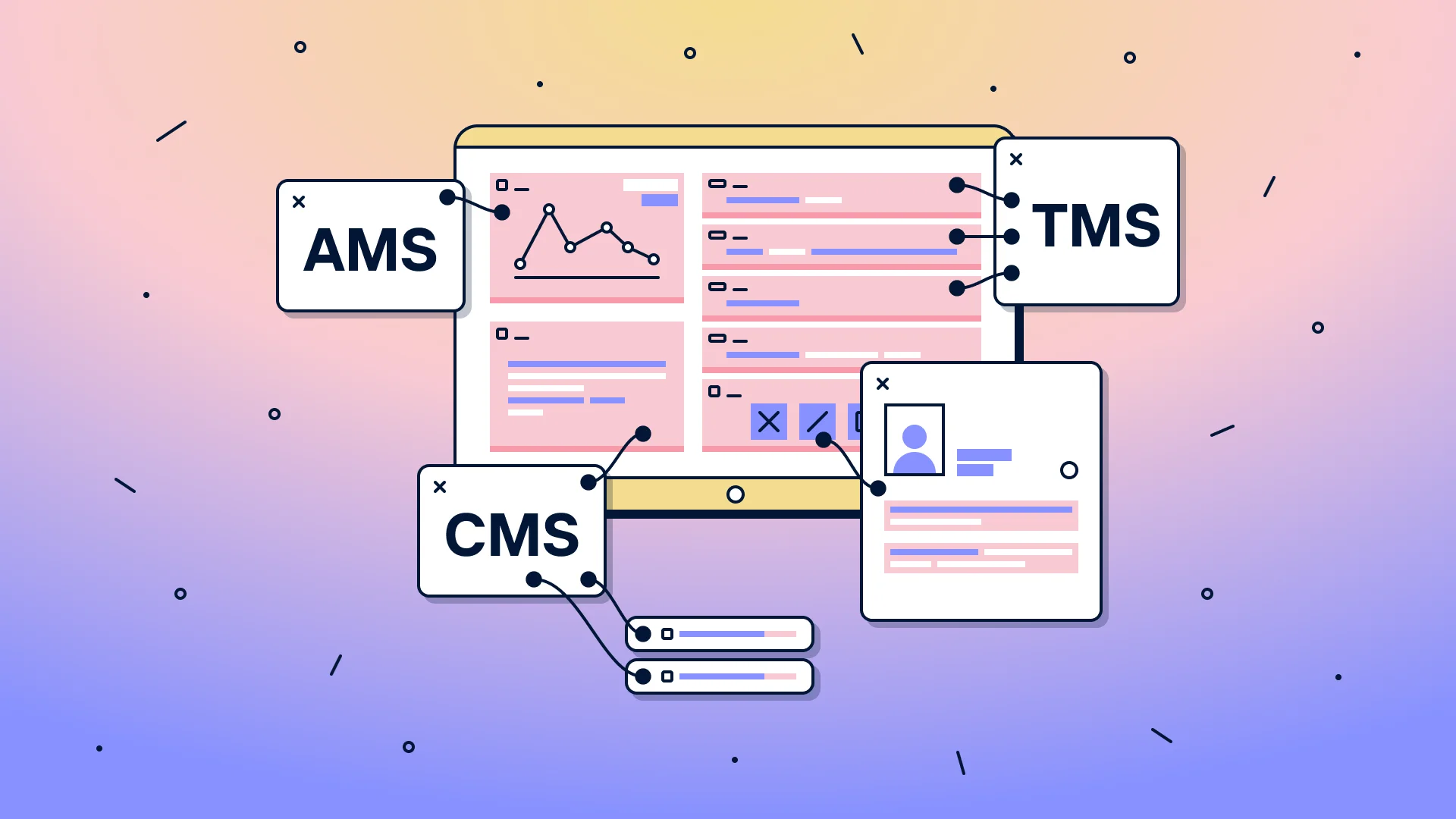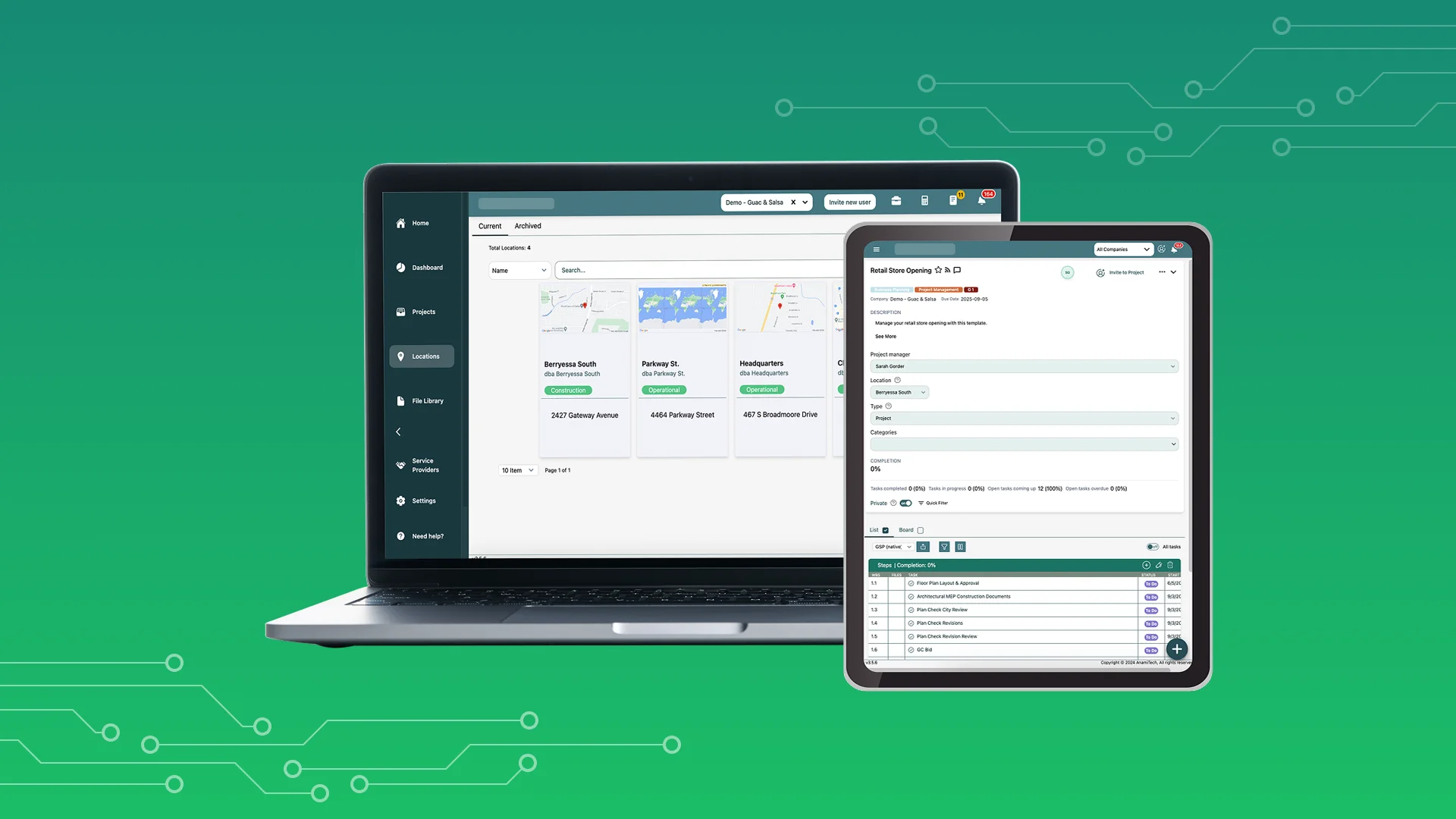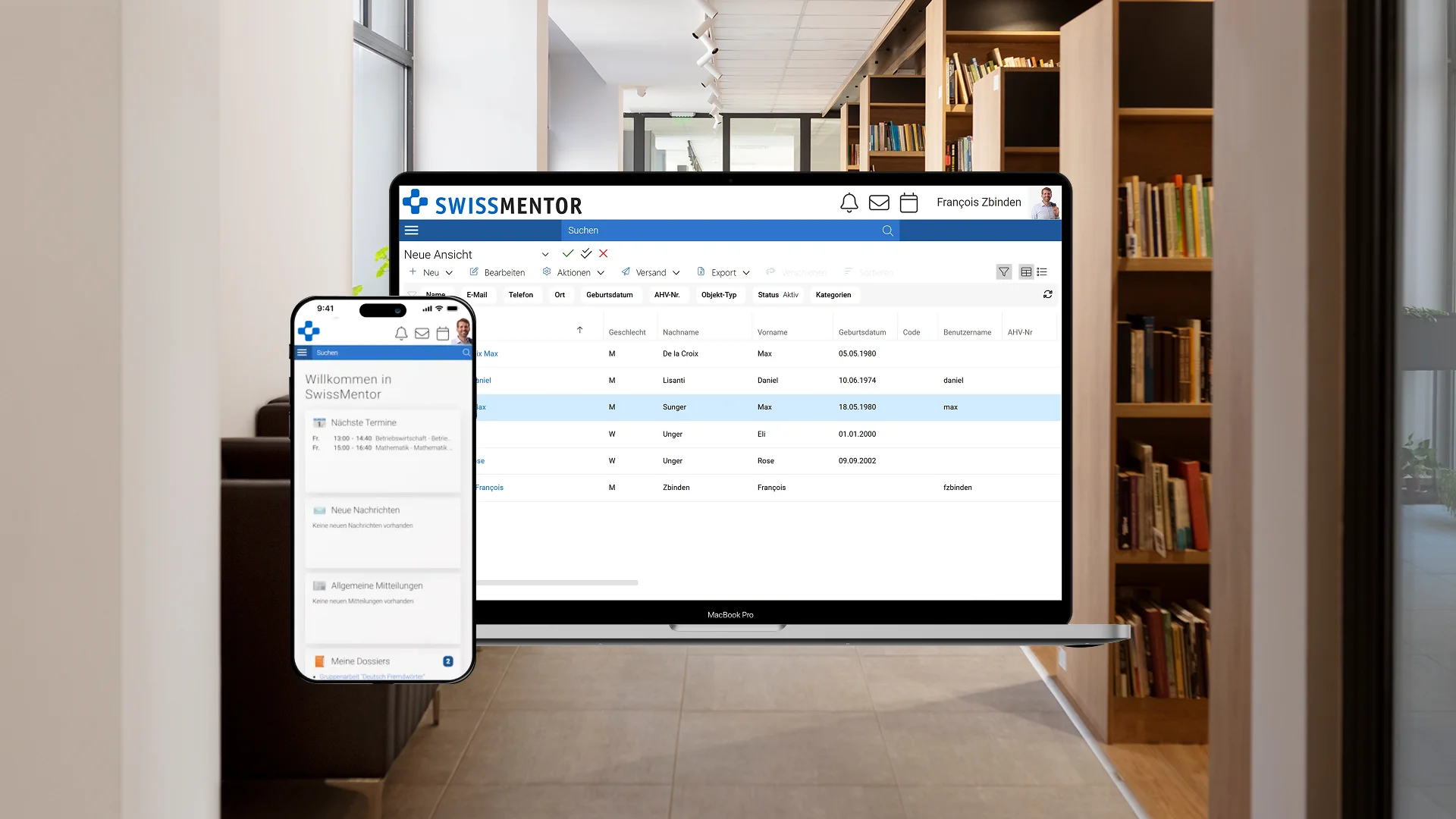With more than 120 locations in three countries and a product catalog of more than 40,000 items, the company must manage complex seasonal cycles, supplier-driven reordering and regional pricing. While the company’s BI and ERP systems provided basic dashboards for sales, strategic forecasting, particularly long-term forecasting at the category level, remained fragmented and prone to error.
The in-house analytics team experimented with basic statistical models and Python toolkits, but struggled with inconsistent accuracy, sparse data on low-volume items and an inability to capture event-driven fluctuations (e.g. promotions, weather effects, calendar shifts). In late 2023, the company engaged Devox Software under NDA to develop and deliver a production-ready, explainable ML engine for annual sales forecasting, capable of learning from historical behavior, integrating external signals and dynamically keeping pace with new sales patterns across the retail network.











